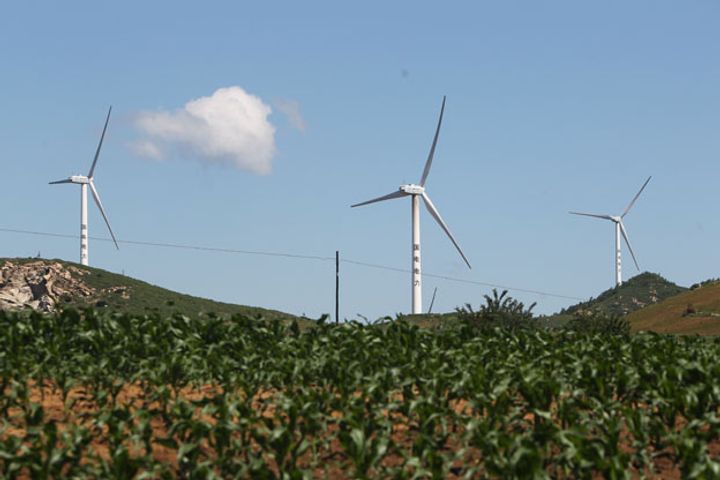 Wind, Solar Energy Wastage in China Exceeds Some Countries' Total Power Use
Wind, Solar Energy Wastage in China Exceeds Some Countries' Total Power Use(Yicai Global) Dec. 11 -- China has the most hydro, wind and solar power facilities by installed capacity in the world.
An alarming proportion of these facilities have stood idle for many years, however, ast year witnessed the wastage of some 50 billion kilowatt-hours of China's wind and solar power electricity, a figure higher than the annual power consumption of some countries, chinacomment.wordpress.com reported.
The National Development and Reform Commission (NDRC) and the National Energy Administration (NEA) recently issued their Hydropower, Wind and Solar Energy Wastage Solution Implementation Plan, which proposes to effectively address the issue of energy loss across the country by 2020. The central government for the first time sets forth timelines and quantitative targets in the plan for reducing energy waste.
The government has placed waste mitigation high on its policy agenda this year. Hydropower capacity utilization improved by about two percentage points in southwestern regions during the first three quarters, and the average wind and solar power loss rates were down 6.7 and four percentage points, respectively, NEA data show.
However, wind and solar energy wastage, especially the former, remains a serious issue in certain areas. Wind energy loss rates were logged as high as 33, 29 and 19 percent in Gansu, Xinjiang and Jilin, respectively. By the end of last year, new-energy installed capacity in northeastern, northern and northwestern regions totaled 163 million kilowatt hours, but the total power delivery capacity was only 34 million kilowatt hours, making up a mere 21 percent of installed capacity.
The State Grid Corp. plans to create a robust national 'smart grid' by 2020, whereby electricity generated in the northeast and northwest is fed into ultra-high-voltage synchronous power grids in the northern, eastern and central regions, connecting coal power, hydropower, nuclear and renewable energy power plants throughout the country.
If grid companies prioritize wind and solar power generation, thermal power will then become an 'alternative' resource. Large-scale regulation might raise electricity costs, so measures must therefore be planned in advance
To remove regional 'barriers' to clean energy consumption, efforts must go to increasing cross-regional renewable energy power transmission channels and transactions, introducing new power pricing and clean energy allocation mechanisms, and hastening the establishment of a nationwide electricity market to facilitate market-based trading of renewable energy.